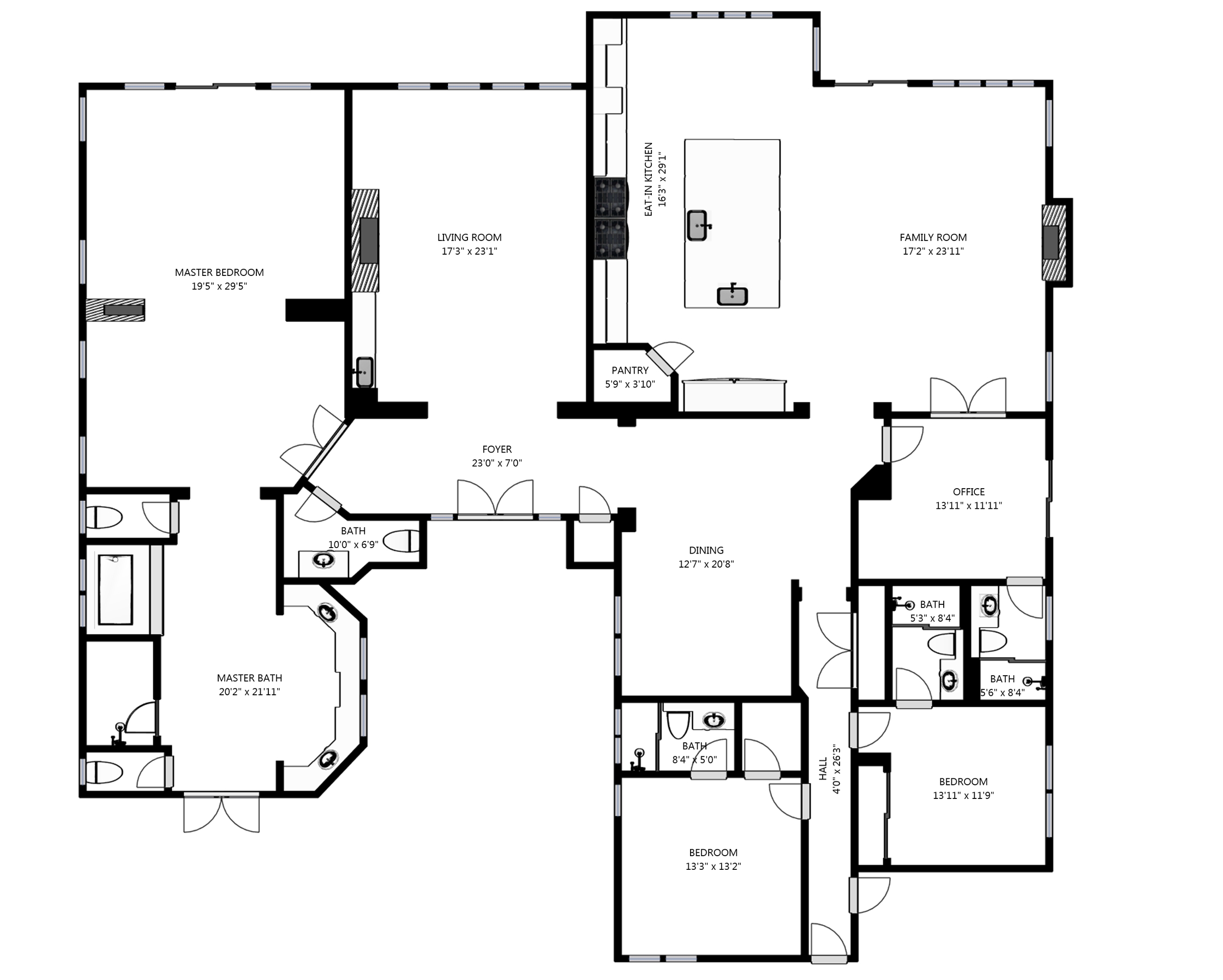
Schematic Diagrams in Physical Security
Visual Clarity for Planning
Schematic diagrams provide a simplified, top-down view of a facility or property. This allows security planners to quickly identify access points, chokepoints, blind spots, and vulnerable areas.
Improved Communication
Diagrams offer a common visual language for teams and stakeholders—making it easier to discuss security plans, emergency routes, and response protocols without technical ambiguity.
Tactical Deployment
Security personnel can use schematics to pre-plan patrol routes, camera placements, guard posts, and alarm zones based on actual layouts, improving efficiency and coverage.
Emergency Response Preparedness
In an emergency, schematics help responders navigate the property accurately—identifying entrances, exits, utility shutoffs, and secure zones.
Integration with Digital Tools
When combined with 3D modeling and aerial photography, schematic diagrams enhance situational awareness, allowing for layered security analysis from multiple perspectives.
Client-Facing Transparency
Including schematic diagrams in presentations or proposals demonstrates a methodical and professional approach, which can help build trust and secure new business.